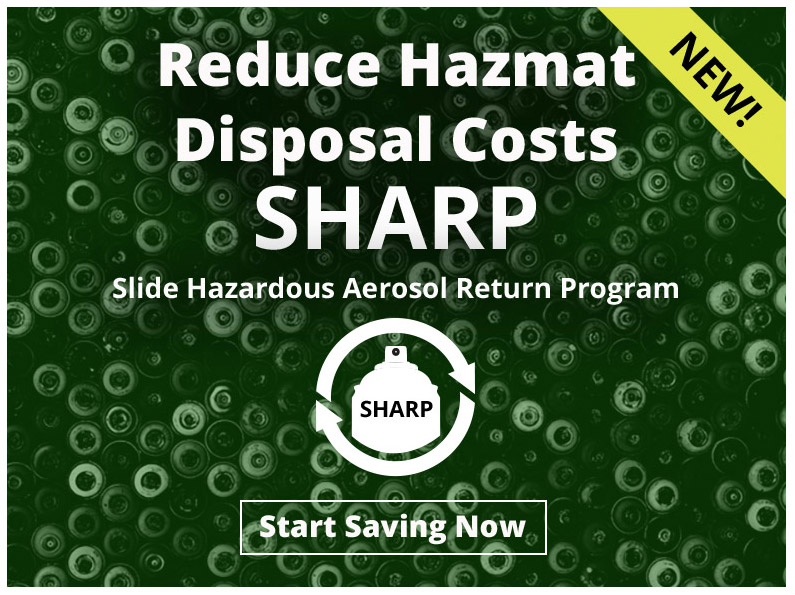January 18th, 2021
Why do so many aerosol products have flammability warnings on them? Are they safe to use on hot molds? This is a question we hear frequently at Slide, where the safety of our products is always a priority. Here’s what you need to know:
Stringent labeling requirements mean you are more likely to see the flame pictogram on the side of product packaging, indicating the need for precautions around potential sources of ignition. That doesn’t mean these products are at risk of igniting when applied to a hot mold. At Slide, our products are carefully formulated to ensure that they are safe to apply to warm or even hot molds. The labeling simply reflects a more cautious way of assessing and calculating flammability.
In 2014, the United Nations introduced stricter requirements for the labeling of flammable products under the Globally Harmonized System of Classification and Labeling of Chemicals (GHS). Prior to these regulations, an aerosol formulation was tested with an Aerosol Flame Projection Test that measured the actual flammability levels of an aerosol product.
Under the new standard, flammability is calculated with a mathematical equation to determine the probability of flammability based on environmental temperatures, rather than the actual flammability of the product.
Flashpoint Vs. Autoignition
When discussing flammability, there are two key terms to define: flashpoint and autoignition.
Flashpoint is the lowest temperature at which a substance will ignite if an ignition source is present, whereas autoignition refers to the temperature at which a substance will self-ignite or spontaneously combust without an ignition source. As a result, a substance’s autoignition temperature is significantly higher than its flashpoint.
For injection molders, extruders, and other plastics manufacturers, mitigating any potential source of ignition is important when working with flammable products.
Autoignition generally requires temperatures beyond those reached on mold surfaces – which can be as high as 400 degrees Fahrenheit. Applying a flammable product to a hot mold will not typically result in autoignition.
In production facilities, static is the most frequent cause of accidental ignition, but is still rare. Static control mats, grounding machinery, and static-dissipating wrist bands are effective at reducing the risk.
Safe, High-Quality Products
Under the latest GHS regulations, the majority of Slide products are rated “flammable” because they contain substances that could ignite if exposed to an ignition source.
Today, most products carry the flammable warning icon, and while it’s always a good idea to check the autoignition and flashpoint temperatures for the products you use, the risk of fire is low. Slide’s inventory of products is safe to use directly on hot or warm molds. From mold releases, mold cleaners, ejector pin greases, purging compounds, and more, our array of products are effective and safe, helping you to eliminate part defects, optimize cycle times, and more.
For more information about the flammability or safe use of any of our products, feel free to reach out to one of our experts through the link below. You can also click here for a full explanation of the GHS’s regulations.




